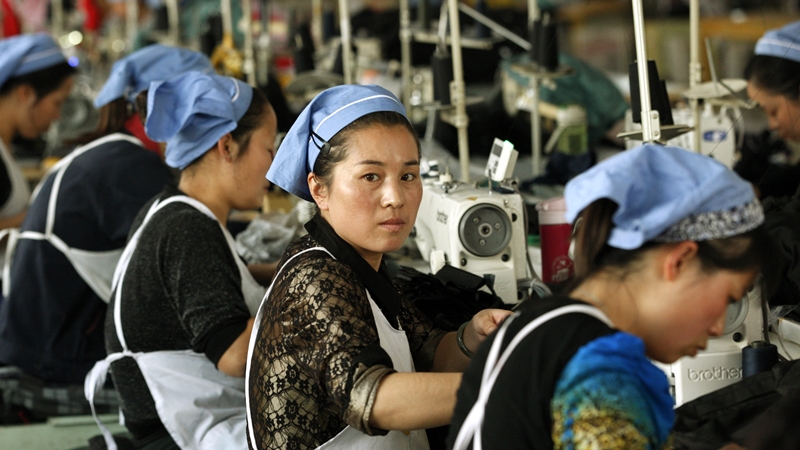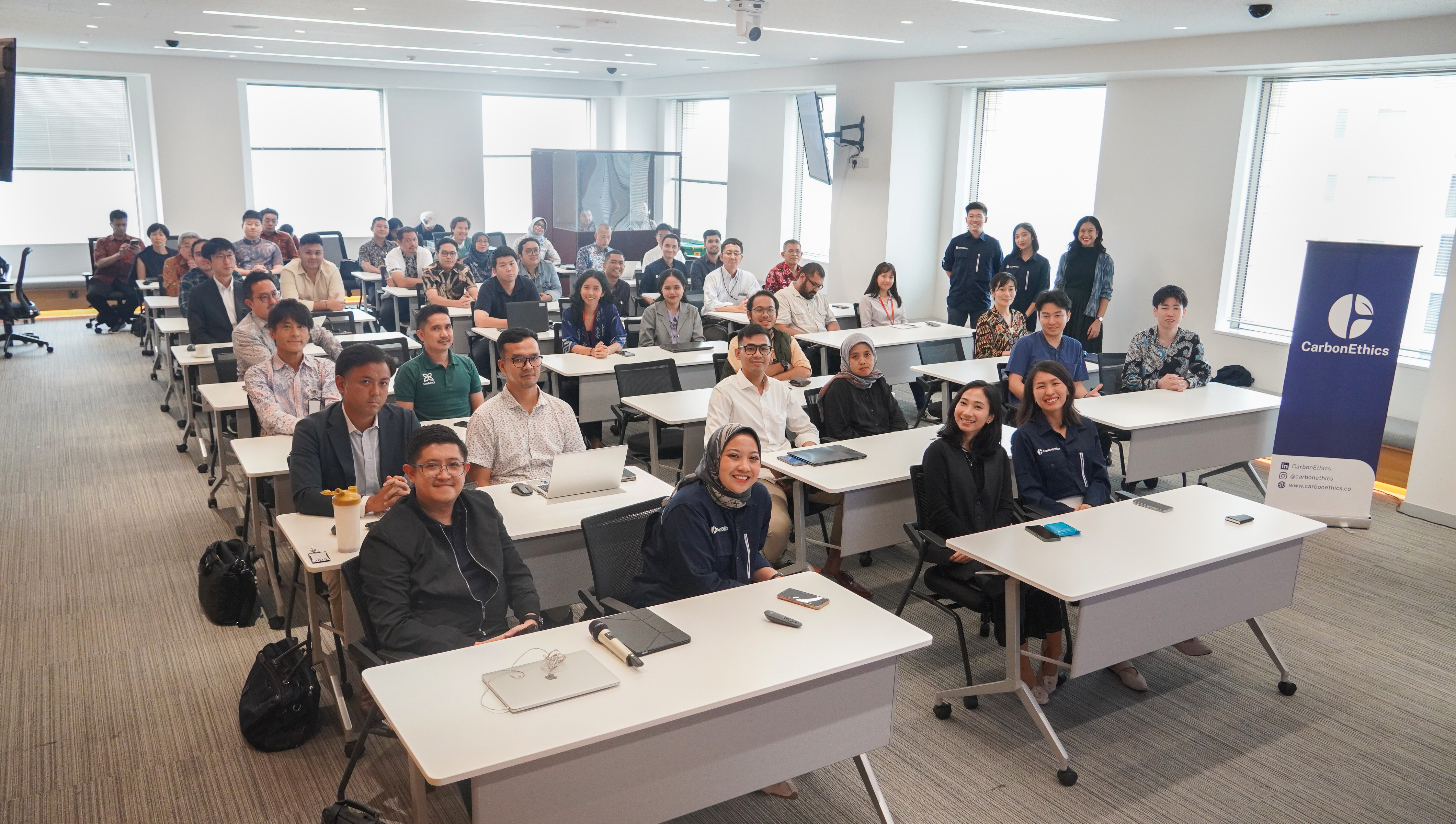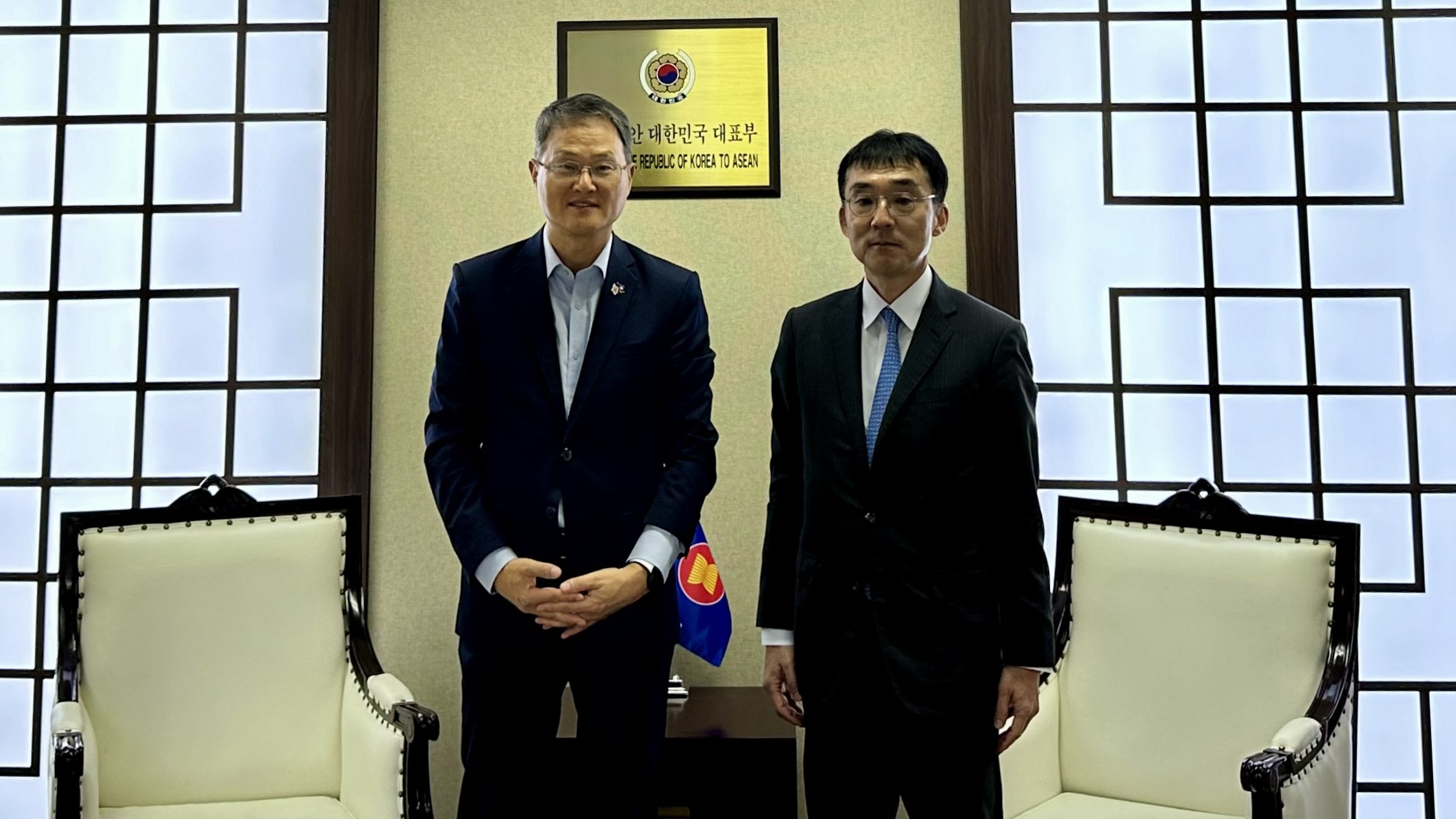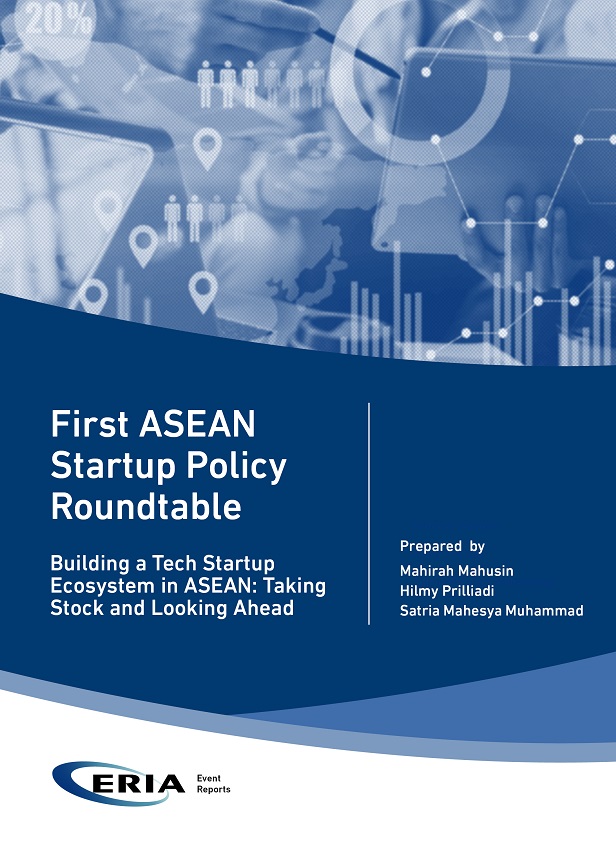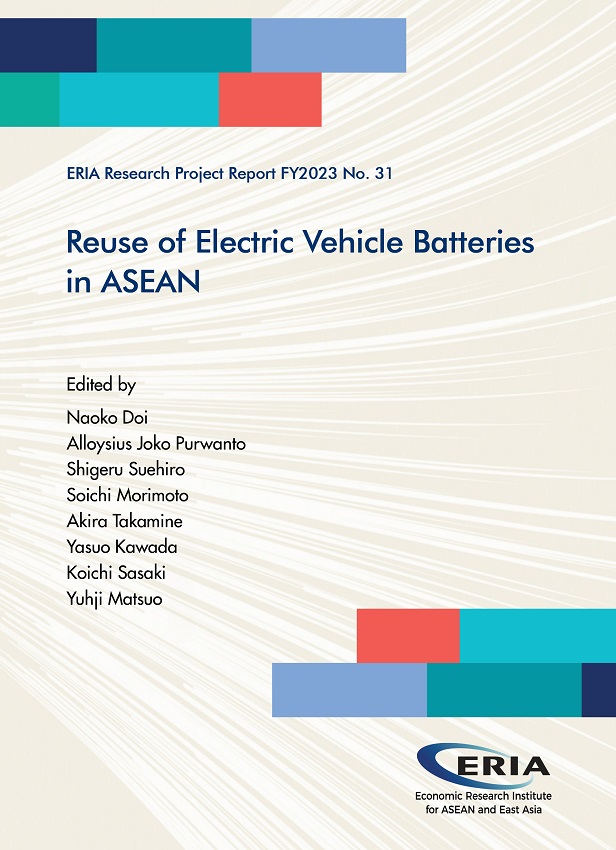Education Reform: A Policy Imperative for Changing Labor Market
Date:
1 July 2019By:
Rashesh ShresthaCategory:
OpinionsTopics:
Education, Labour and MigrationShare Article:
Print Article:
By Dr Rashesh Shrestha, Economist: Anxiety about the future of work is growing. Individuals, businesses, and policymakers, worried that increasing automation will make human labor obsolete, are seeking ways to avoid a future where machines displace humans from routine and non-cognitive tasks. When computers became commonplace in the United States, many tasks requiring mid-level skills went to the machines. Today even highly-skilled professional tasks are not immune – artificial intelligence is now better at recognizing lung cancer than human doctors.[1] In ASEAN countries too, many firms will reorganize their production activities around digital technology and automation. This means that workers must increasingly focus on those job aspects that use technical, problem-solving, and critical thinking skills. Soft skills like initiative, leadership, and management will become workers’ main strength. Is the region ready for these changes?
Of course, labor market change is nothing new. Workers moving from agriculture to manufacturing and services is an essential characteristic of economic growth. New products and services are brought into existence daily, making other products and services outdated. Workers in sectors that fall out of favor move on to other economic activities. In fact, technological progress had a big role to play in East Asia’s economic transformation. Twenty-five years ago, one in two workers in East Asia were in the agricultural sector. In 2017, this ratio was about one in four. Since the 1990s, advances in information and communication technology made it cheaper to outsource labor-intensive tasks from developed to developing countries. Concurrently, trade liberalization provided new markets for products from developing countries. So a large pool of low-cost labor became an important asset for these countries. Trade and manufacturing employment flourished, which in turn also created opportunities in services and other non-traded sectors like construction. Creation of these jobs was crucial for growth and poverty reduction in the region.
The jobs made intensive use of the cheap labor to carry out highly labor-intensive but simple tasks. Asia became a haven for production of intermediate goods and assembly, making this region the world’s factory. China has been the largest beneficiary of this change. In 1990, Asia used to produce about a quarter of world’s manufacturing output, now that share has risen to almost fifty percent. However, the same low-skilled and routine jobs are now at the greatest risk from technological progress, especially automation. The use of robots in the production process has been rising, particularly in China. While the labor market has always been changing, the current rapid pace of technological change is creating a heightened sense of impending doom.
So, can ASEAN countries overcome the challenges of the future? The verdict so far is mixed. On the positive side, schooling levels have dramatically increased compared to few decades ago. An increasing number of ASEAN workers complete tertiary-level schooling before joining the labor market. Health has also markedly improved over time. Indonesia’s under-five mortality rate declined from 84 per 1000 live births in 1990 to 25 in 2017. These positive trends are replicated across the region, so in terms of education and health - two crucial components of human capital - ASEAN is in much better shape than it was quarter century ago.
But not everything is rosy. Quality of schooling varies widely across countries. Studies have shown that many students who complete primary level schooling can barely read and write. In internationally comparable tests like the Programme for International Student Assessment (PISA), there is great variation in how much 15-year-olds know. While Vietnamese students do well, Indonesian students have consistently underperformed. World Bank’s Human Capital Index showed that while a child born today in ASEAN could expect to complete 10 to12 years of schooling, he/she will only learn an equivalent of 6 to 10 years of schooling.[2]
This is certainly a cause for concern in a technological era where knowledge and problem-solving skills are prized. Complacency in delivering quality education was not much of an issue in the past decades when creation of relatively well-paid, low-skilled jobs could be relied upon to drive growth and poverty reduction. This cannot be taken for granted any longer. Availability of cheaper production technology – data processing, AI, robotics, machine learning – means that developed countries no longer need to rely on cheaper labor of developing countries and re-shore production. On the other side, improvements in communications technology have further increased opportunities for dispersion of economic activities. A well-trained workforce will be able to take advantage of this opportunity to drive future growth.
Policymakers in each ASEAN Member States need to prioritize reforms that improve quality of the formal education system. While focusing on learning is important, that should not be the only goal of schooling. It should also deliver skills that will be prized in the future labor market. This means reassessing what and how students are taught, focusing not just on academic knowledge but also social and emotional intelligence. This also means forging better partnerships between educational institutions and industry to mitigate gap between the skills that workers learn and what businesses need. Rather than considering vocational and general education as two disparate tracks for students to follow, they should be combined to provide holistic education.
There are many reasons to remain optimistic. For all the threats, technology certainly has also created new opportunities. For example, online platforms have allowed consumers to connect to shops and restaurants that they would have never visited in person. This means that those shops and restaurants have now found new customers and expanded their market beyond their locality. Given that new technology still needs to be economically feasible to apply to the production process, we might be overestimating the pace of change in the labor market. Having said that, policies also take some time to develop and get right. So, it is never too early to start preparing for the upcoming for challenges. The antidote to change is adaptability. ASEAN countries need to focus on building a workforce that is capable of moving toe-to-toe with the changing world.
[1] Source: https://www.nytimes.com/2019/05/20/health/cancer-artificial-intelligence-ct-scans.html
[2] Source: http://www.worldbank.org/en/publication/human-capital
-------
This opinion piece was written by ERIA's Economist, Dr Rashesh Shrestha, and has been published in Myanmar Times. Click here to subscribe to the monthly newsletter.
